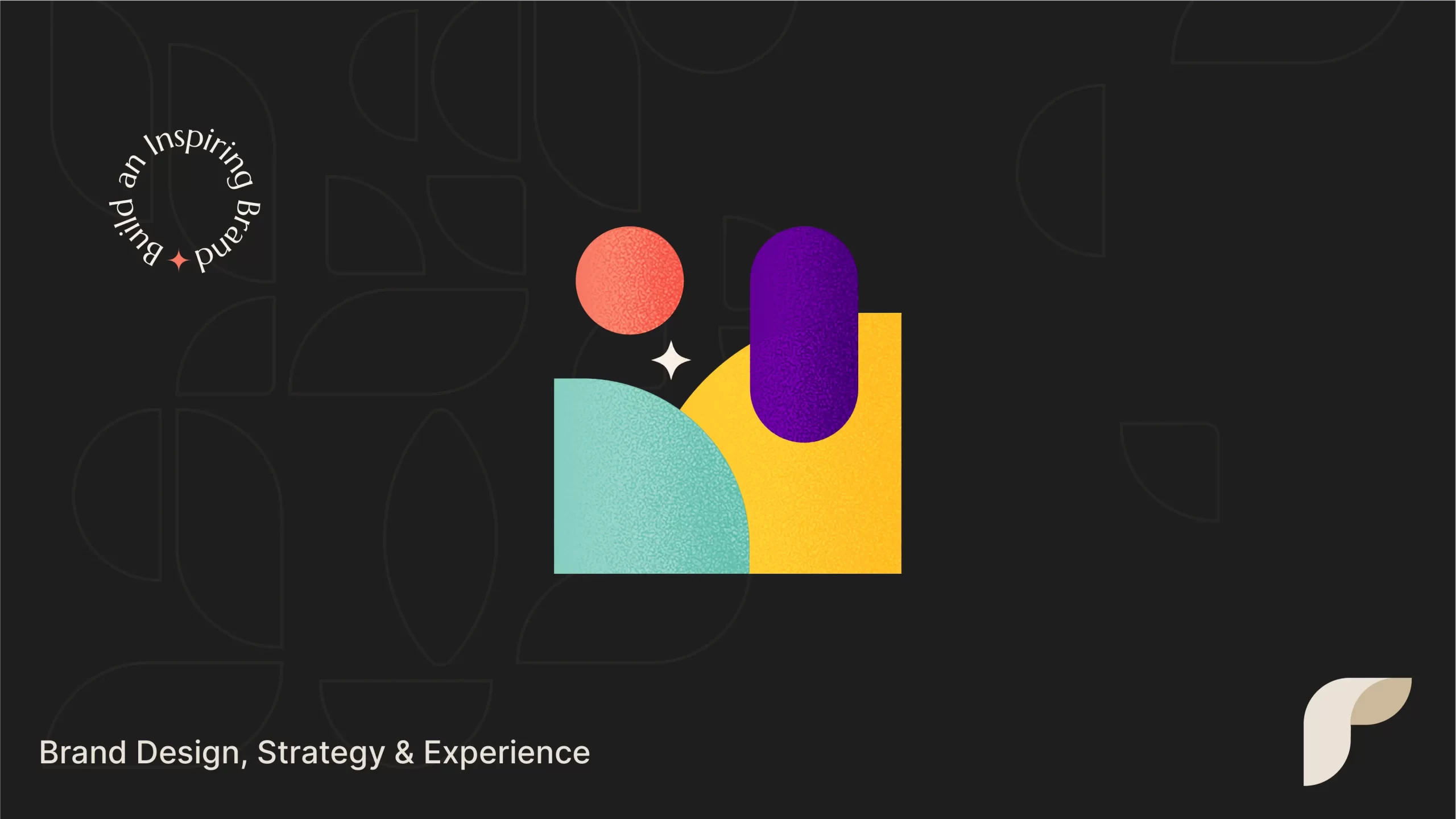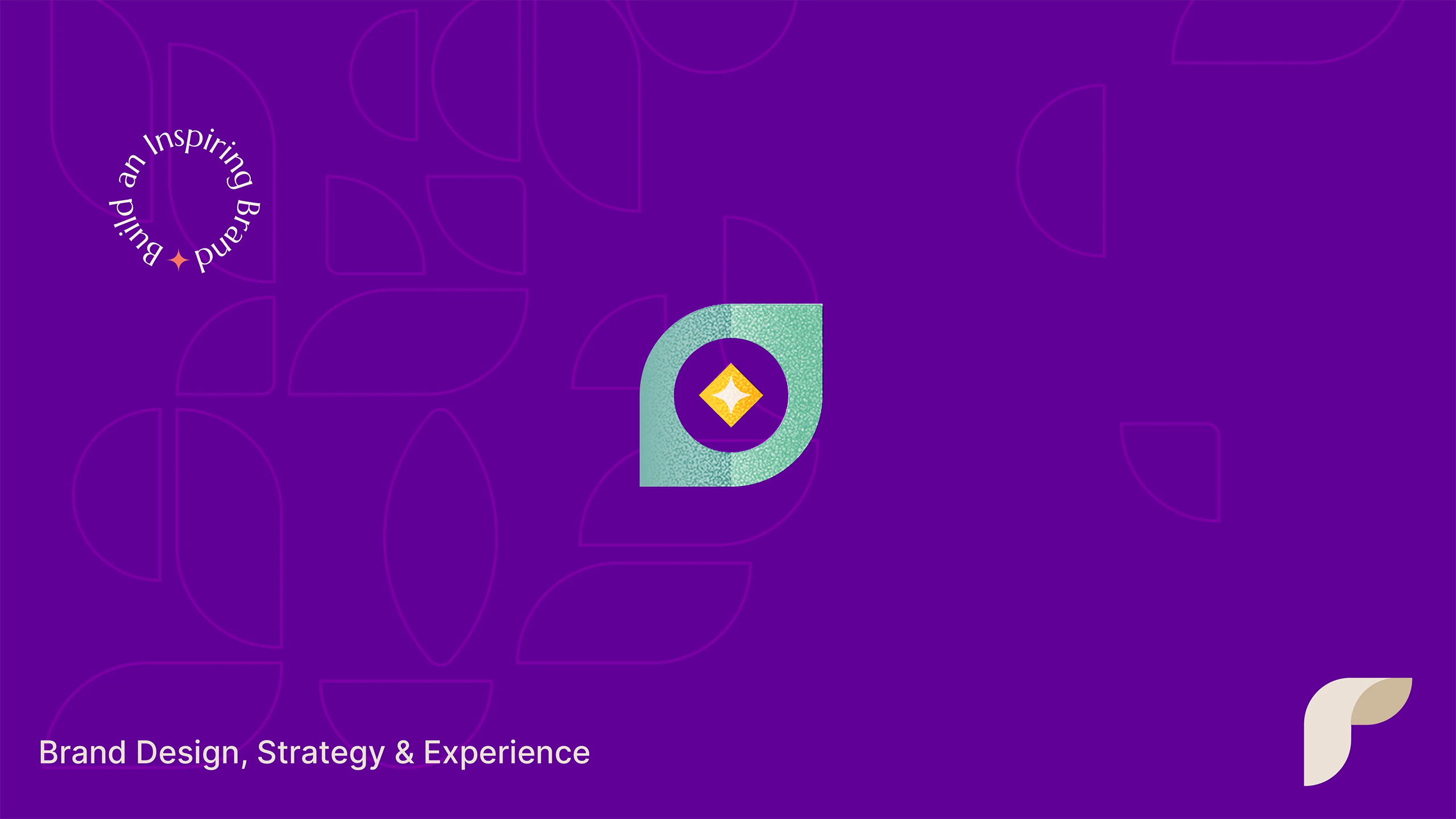In the worlds of branding and marketing, certain principles stand the test of time. One such concept is that of brand archetypes – universal symbols and characters that tap into fundamental human motivations and emotions.
From the hero to the rebel, the sage to the lover, these archetypes have long served as guiding frameworks for crafting brand identities and narratives. However, in today’s world, the dynamics of consumer behavior and expectations have undergone a seismic shift.
Keep reading to find out the relevance of brand archetypes in the modern era and discuss how they must adapt to resonate with today’s consumer.
In this article, you will read about,
Understanding brand archetypes: A brief recap
Before we delve into the challenges and opportunities presented by the modern consumer landscape, let’s first revisit the concept of brand archetypes. Coined by Swiss psychiatrist Carl Jung, brand archetypes are timeless, universal symbols deeply rooted in the collective unconscious.
They represent fundamental human desires, fears, and aspirations. This makes them serve as powerful tools for brand storytelling and differentiation.
The 12 classic brand archetypes, as outlined by Margaret Mark and Carol Pearson in “The Hero and the Outlaw: Building Extraordinary Brands Through the Power of Archetypes,” include the:
- Innocent
- Everyman
- Hero
- Caregiver
- Explorer
- Outlaw
- Lover
- Creator
- Jester
- Sage
- Magician
- Ruler
Each archetype embodies distinct personality traits, values, and narratives that resonate with specific audience segments.
The evolution of consumer behavior
In recent years, advancements in technology, communication, and media consumption have ushered in a new era of consumer empowerment and sophistication. Today’s consumers are more informed and discerning than ever before. Armed with mobile phones, social media, and instant access to information, they demand authenticity, transparency, and relevance from the brands they engage with.
Moreover, in an age of increasing social and environmental consciousness, consumers are gravitating towards brands that demonstrate ethical values, social responsibility, and sustainability. Against this backdrop of shifting consumer expectations and values, traditional brand archetypes face both challenges and opportunities.
While the underlying human motivations and emotions they represent remain relevant, the ways in which they manifest and resonate with consumers have evolved. Brands must navigate a delicate balance between honoring the timeless essence of archetypes and adapting their expressions to align with modern sensibilities.
Adapting brand archetypes for the modern consumer
To effectively connect with today’s more informed and discerning consumer, brands must evolve their approach to leveraging archetypes. Here are key considerations for adapting brand archetypes for the modern consumer:
1. Authenticity over stereotypes
While brand archetypes offer valuable frameworks for storytelling and differentiation, brands must resist the temptation to rely on clichés or stereotypes. Instead, they should strive for authenticity and nuance, infusing their archetype with genuine values, purpose, and personality. Consumers can quickly discern when a brand’s archetype feels forced or inauthentic, leading to skepticism and disengagement.
2. Flexibility and fluidity
In the past, brands may have adopted a single archetype as the cornerstone of their identity. However, in today’s diverse and dynamic marketplace, consumers are drawn to brands that exhibit multifaceted personalities and adaptability. Brands should embrace the idea of fluid archetypes, allowing room for complexity, evolution, and experimentation. This enables brands to resonate with different audience segments and adapt to changing cultural contexts.
3. Purpose-driven narratives
Modern consumers seek meaning and purpose beyond mere product features or benefits. Brands that align with consumers’ values and aspirations stand to forge deeper connections and loyalty. When leveraging brand archetypes, brands should anchor their narratives in a clear sense of purpose, whether it’s championing social causes, promoting sustainability, or fostering community engagement.
By embodying values that resonate with consumers, brands can elevate their archetype from a mere symbol to a catalyst for positive change.
4. Interactive and co-creative experiences
In the era of social media and user-generated content, consumers expect brands to engage them in meaningful dialogues and co-creative experiences. Brands can leverage brand archetypes to inspire and empower consumers to participate in brand storytelling, share their own experiences, and contribute to the brand narrative.
This not only deepens consumer engagement but also creates a sense of ownership and belonging within the brand community.
Also read: Why does brand storytelling matter?
Case studies: Brands embracing modern archetypes
Several brands have successfully adapted traditional archetypes to resonate with the modern consumer:
Disney (The Magician)
Disney embodies the Magician archetype by enchanting audiences with its ability to create magical worlds and unforgettable experiences. Through its storytelling and imagination, Disney transports viewers to where dreams come true and impossibilities become realities.
Dove (The Caregiver)
Dove embraces the Caregiver archetype by championing body positivity, inclusivity, and self-acceptance. Through its “Real Beauty” campaigns and commitment to diversity, Dove has sparked meaningful conversations around beauty standards and empowered individuals to embrace their unique identities.
Airbnb (The Explorer)
Airbnb embodies the Explorer archetype by enabling travelers to embark on authentic and immersive journeys. Through its platform, Airbnb encourages exploration, discovery, and connection with local cultures. This has changed the meaning of travel into a transformative and enriching experience.
Conclusion
As brands go through the mindsets of new consumers, brand archetypes remain potent tools for storytelling, differentiation, and connection. However, to resonate with today’s more informed and discerning consumer, brands must evolve their approach to leveraging archetypes.
They need to find the sweet spot between timeless symbols and contemporary values. In the balance between these two worlds lies the path to enduring brand relevance and resonance in the minds of today’s audience.




